De Bortoli Sacred Hill Shiraz Cabernet 2018
Wine description
Appearance Bright garnet red.
Bouquet Lifted cherry aromas with an array of spicy/pepper and lingering charry oak.
Palate This wine shows layers of ripe red fruits with a fine tannin frame providing a clear direction and structure. A balance of acid and touches of spice finishing with carefully integrated oak.
Facts about the wine
Winery De Bortoli
Grapes Shiraz/Syrah
Region Australia / New South Wales / Big Rivers / Riverina
Wine style Australian Cabernet – Shiraz
Alcohol content 14%
Allergens Contains sulfites
About the Wine
Region Southeastern Australia Wine
South-Eastern Australia is a Geographical Indication (GI) covering the entire southeastern third of Australia. The western boundary of South-Eastern Australia stretches 2,000 kilometers (1,250 miles) across the continent, from the Pacific coast of Queensland to the Southern Ocean coast in South Australia. This vast viticultural “super zone” effectively encompasses every significant Australian wine region outside of Western Australia.
Rainforest, mountain ranges, scrubland, desert and dried-up riverbeds occupy the majority land within the South Eastern Australia zone. It is only in cooler, coastal areas that vineyards play any significant role in the landscape. The GI covers the states of New South Wales, Victoria and Tasmania in their entirety, and also the southeastern halves of both Queensland and South Australia.
The sheer scale of this zone – and the diversity of its climates, topography and latitudes – makes it a GI (Geographical Indication) of rather limited meaning. Even the very largest AVA titles in the United States do not constitute even half of the area labeled as South Eastern Australia.
This GI’s existence is the result of legal wrangling between the ever-expanding Australian wine industry and bureaucrats of the European Union, one of Australia’s most important consumer base. EU law states that, when labeled with the grape variety from which they are made, imported wines must also bear the name of an officially recognized geographical area of origin (a GI). As a significant proportion of Australian wine, particularly in the lower price brackets, is blended from wines made in multiple states, South Eastern Australia was created as an official labeling term.
Australia’s larger producers have been known to create a wine with the South Eastern Australia GI in order to blend away leftovers from their more location-specific ranges, or even to protect the name of a prestigious region after a poor vintage. This also helps wineries to maintain a more consistent style for a particular wine label or brand from year to year, regardless of vintage conditions.
Subsequently, wines labeled as South Eastern Australia rarely display strong regional or varietal characteristics, and are purchased because of their lower price rather than any quality implied by the GI.
Most South-Eastern Australian wines are made from the widely known vinifera grape varieties, particularly those which already have an established reputation or following. Chardonnay, Semillon and Sauvignon Blanc are the most likely ingredients of a Southeastern Australia white wine, with the reds generally consisting of Merlot, Shiraz and Cabernet Sauvignon.
Style
Red – Rich and Intense
Deep, fruit-driven and jammy; filled with ripe, rich fruit and a plethora of spices. This style is typified by Australian Shiraz, Sonoma Zinfandel and Châteauneuf-du-Pape. Characteristics Pepper, spice, raspberry, cherry, plum, leather.
Varietas
Cabernet Sauvignon – Syrah blended wines are a particular specialty of Australia, where Syrah is known as Shiraz. The two are well-known French varieties that have been successfully transplanted down under: Cabernet Sauvignon is best known for its role in Bordeaux, while Syrah climbs the steep slopes of the Rhône Valley. In Australia, the two combine to make a rich, full-bodied red that is the basis of some of the country’s most famous wines. Cabernet and Syrah are from very different parts of France and, under French appellation law, would never be allowed in the same AOC wine (the blend is theoretically possible in IGP wines). In general, the New World is free of these kinds of stylistic restraints, leaving producers free to experiment with various blends. The Cabernet Sauvignon – Shiraz blend came about in the mid-20th Century, when Max Schubert of Penfolds fame created his legendary Bin 60A, considered by some to be Australia’s best wine.
Initial successes saw the blend become ubiquitous in the 1970s. Eventually, however, Cabernet Shiraz wines become associated with the lower end of the market as new, more-fashionable grape varieties like Grenache and Viognier became blending partners for Shiraz. Several critics and producers have championed the blend in recent years, calling it the “Great Australian Red Blend”, and there is even now a competition specifically for Cabernet Shiraz blends from Australia.
While the combination may be not immediately obvious to the French, the two varieties are quite well matched. Cabernet Sauvignon’s structure and depth is ameliorated in this instance by the ripe, velvety addition of Shiraz. Cabernet Sauvignon is often said to be lacking in the mid-palate (the “doughnut effect”). Happily, Australian-grown Shiraz is famously good at providing juicy, jammy fruit flavors that fill out the wines, combining to create complex cuvees full of bright berry and dark fruit flavors. There are no enshrined proportions, and so the wines can be Shiraz-predominant, Cabernet-predominant, or an even mix of the two. Oak maturation is often employed to add extra spice and complexity to the wines, as well as softening some of its harder edges. In other parts of the world, Cabernet Franc often plays a bigger role, particularly in Chile and Israel, and even in California. Cabernet Franc brings lifted, herbaceous aromatics to the blend, sometimes adding to Cabernet Sauvignon’s structure and sometimes taking its place completely. Wines made from Cabernet and Shiraz range in quality from low-cost commercial wines made for immediate consumption to some of Australia’s most collectable and cellar-worthy wines: the most famous example being Penfolds Grange.
Food pairings for Cabernet – Syrah/Shiraz wines include:
Beef teriyaki
Roasted lamb rack with rosemary and garlic
Field mushrooms with grilled parmesan
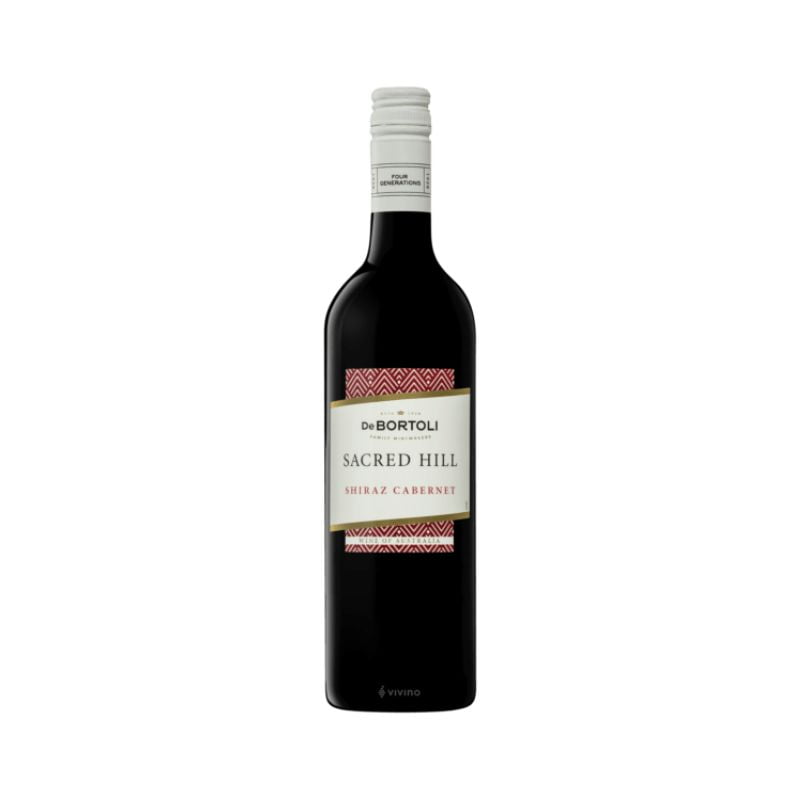

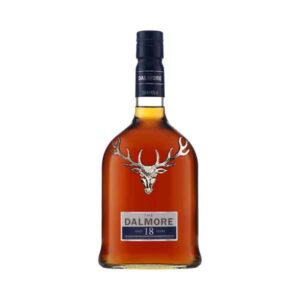
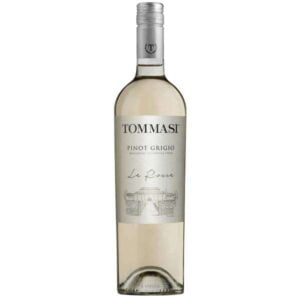
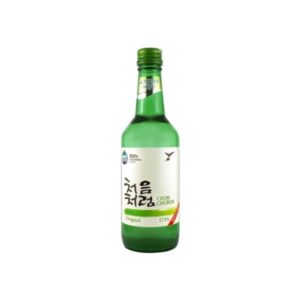

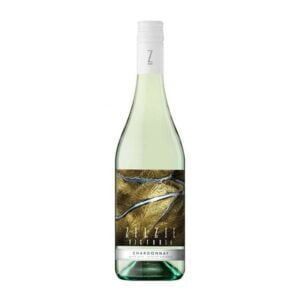
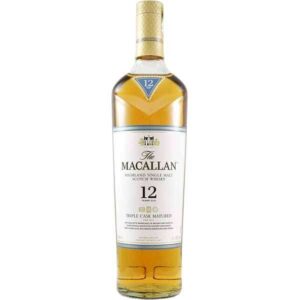
Reviews
There are no reviews yet